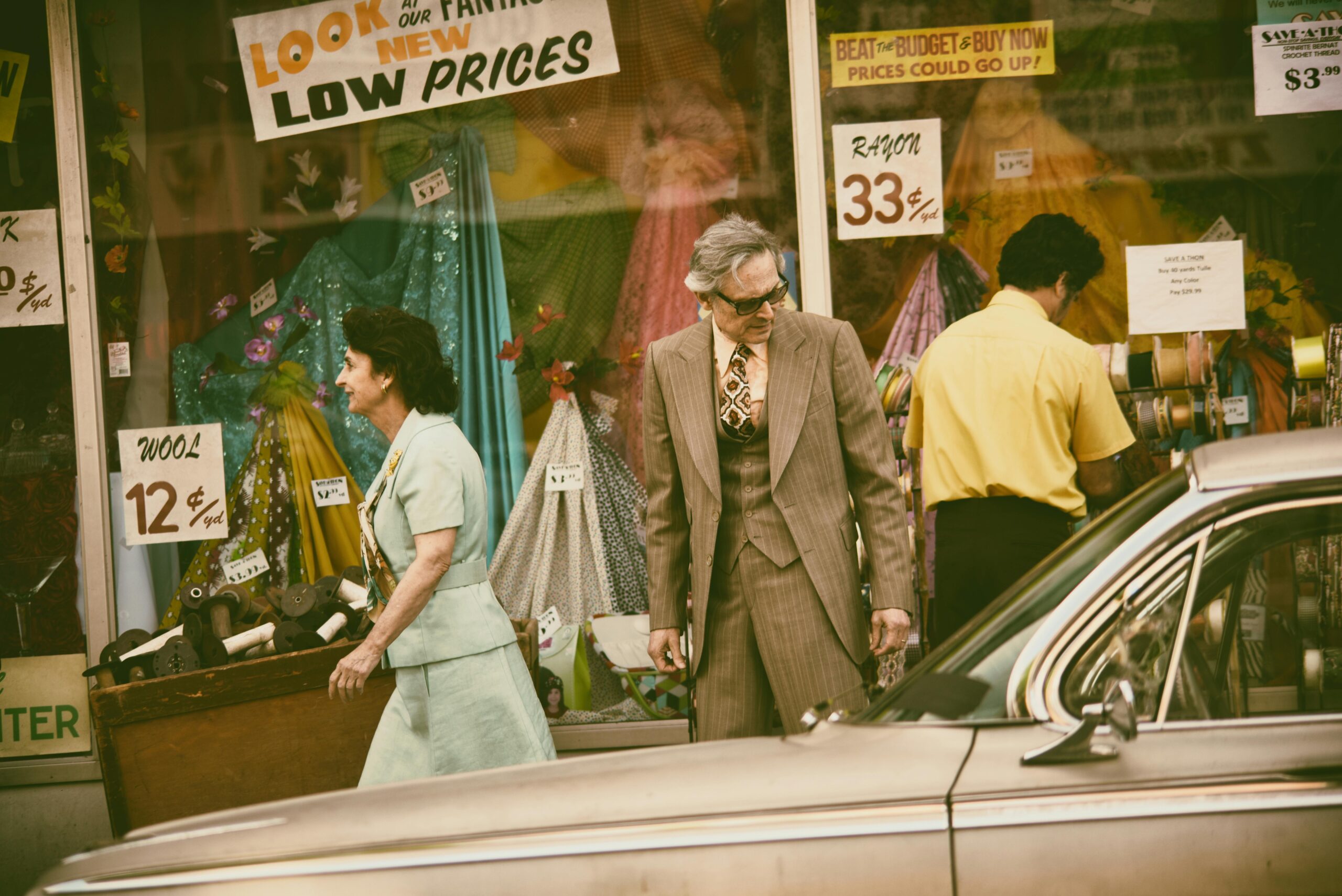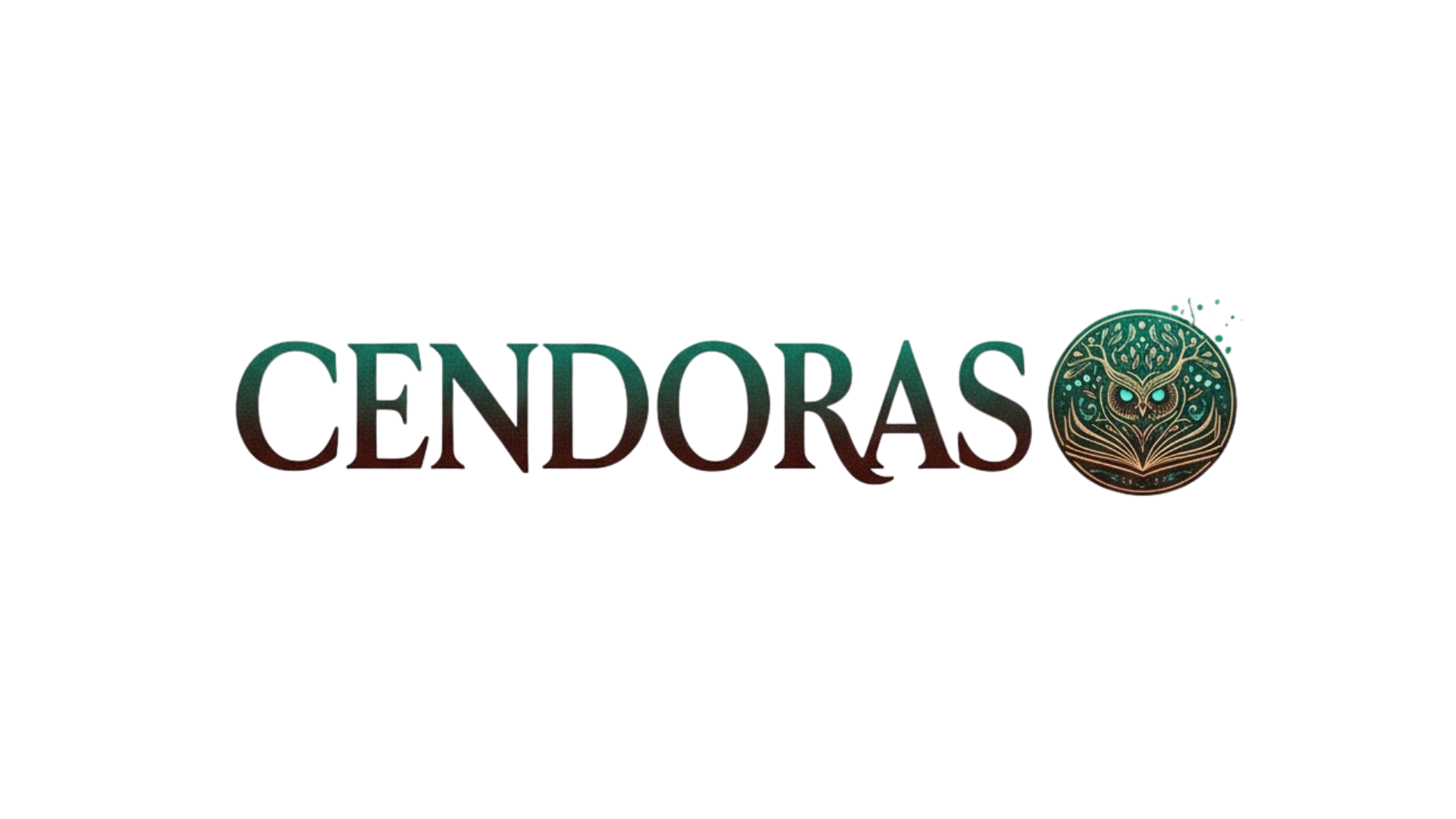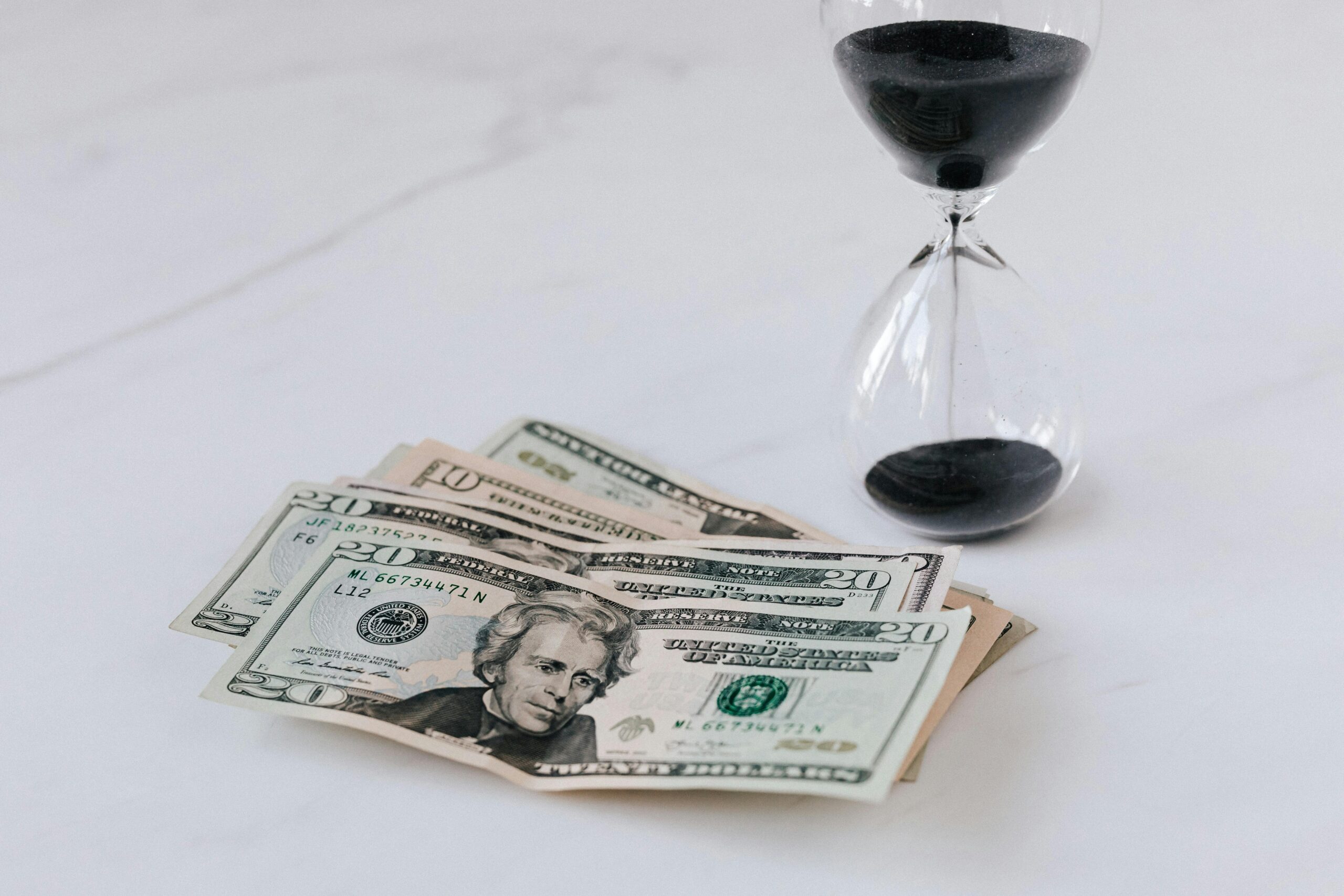Nostalgia marketing has evolved from a creative tactic into a powerful strategic tool that transforms emotional memories into measurable business results and lasting customer connections.
🎯 The Science Behind Nostalgia’s Magnetic Pull
Neuroscience reveals that nostalgic memories activate the brain’s reward centers in remarkably powerful ways. When consumers encounter familiar brands, products, or experiences from their past, their brains release dopamine—the same neurotransmitter associated with pleasure and motivation. This biological response isn’t merely sentimental; it’s a hardwired mechanism that influences purchasing decisions and brand loyalty.
Research from the Journal of Consumer Research demonstrates that nostalgic feelings make people more willing to spend money. The emotional warmth associated with positive memories creates a psychological cushion that reduces price sensitivity and increases perceived value. Brands that successfully trigger these emotions essentially bypass rational decision-making processes, connecting directly with consumers on a deeper, more instinctive level.
The power of nostalgia extends beyond individual memories to collective cultural touchstones. Shared experiences—whether it’s a popular television show, a beloved toy, or a signature product from decades past—create communal bonds that marketers can leverage. This collective nostalgia amplifies individual emotional responses, creating powerful social proof and community engagement around branded experiences.
📊 Why Nostalgia Marketing Works Across Generations
Different generations carry distinct nostalgic triggers, and successful brands understand how to speak to each demographic’s unique memory bank. Baby Boomers respond to references from the 1960s and 1970s, while Generation X gravitates toward 1980s and early 1990s cultural markers. Millennials, now a dominant consumer force, show strong emotional connections to late 1990s and early 2000s trends.
What’s fascinating about Generation Z is their embrace of nostalgic content from before their time. This generation actively seeks authenticity and experiences they perceive as more genuine than their digital-native upbringing. Vintage aesthetics, retro gaming, and throwback fashion trends resonate powerfully with younger consumers despite having no personal memory of these eras.
The cross-generational appeal of nostalgia creates unique marketing opportunities. Brands can craft campaigns that speak to multiple age groups simultaneously, using layered references that resonate differently depending on the audience member’s personal history and cultural context.
The Emotional Economics of Memory
Nostalgia marketing works because it taps into fundamental human psychology. During uncertain times, people naturally gravitate toward the familiar and comfortable. The past represents a known quantity, a safe harbor in turbulent seas. This phenomenon became particularly evident during global disruptions, when nostalgic content consumption and retro product sales surged dramatically.
Brands leveraging nostalgia essentially offer consumers an emotional product alongside their physical goods. This dual value proposition justifies premium pricing and fosters loyalty that transcends typical consumer-brand relationships. Customers aren’t just buying a product; they’re purchasing a ticket back to cherished moments and feelings.
🚀 Iconic Brands Mastering the Nostalgia Game
Nintendo stands as a masterclass in nostalgia marketing. The company’s release of the NES Classic and SNES Classic consoles demonstrated how effectively vintage gaming appeals to both original players now in their 30s and 40s, and younger generations discovering these classics for the first time. These products generated massive demand despite offering decades-old technology, proving that emotional value often trumps technical specifications.
Coca-Cola consistently mines its extensive brand history, reintroducing vintage packaging designs and recreating classic advertising campaigns with modern twists. The brand understands that its logo and distinctive bottle shape carry decades of accumulated emotional associations. By periodically reviving these elements, Coca-Cola refreshes consumer connections without abandoning brand equity.
Netflix’s “Stranger Things” represents nostalgia marketing in entertainment form. The series deliberately incorporates 1980s aesthetics, music, and cultural references, creating a nostalgic experience that resonates with viewers who lived through the era while introducing younger audiences to its appeal. This approach has spawned countless brand partnerships, demonstrating how entertainment properties can amplify nostalgic marketing efforts.
Fashion’s Cyclical Memory Lane
The fashion industry operates on nostalgia cycles, with trends typically returning every 20-30 years. Brands like Levi’s, Adidas, and Champion have capitalized on this pattern, reissuing classic styles that appeal to consumers seeking authentic vintage aesthetics. These rereleases often command higher prices than contemporary designs, illustrating nostalgia’s tangible economic value.
Fast fashion retailers also leverage nostalgia, quickly producing affordable versions of vintage styles. This democratization of nostalgic fashion allows broader consumer segments to participate in memory-driven trends, expanding the market reach of nostalgia-based products.
💡 Crafting Effective Nostalgia Marketing Campaigns
Successful nostalgia marketing requires authenticity above all else. Consumers quickly detect and reject superficial or cynical attempts to exploit their memories. Brands must demonstrate genuine respect for the source material and the emotions attached to it. This means conducting thorough research, consulting with people who lived through the era, and avoiding anachronisms that break the nostalgic spell.
The most effective campaigns balance familiarity with innovation. Simply recreating the past isn’t enough; brands must demonstrate why nostalgic elements remain relevant today. This involves identifying the timeless qualities of past products or experiences and showing how they address current consumer needs and values.
Timing Your Nostalgic Touchpoints
Strategic timing amplifies nostalgia marketing impact. Anniversary celebrations provide natural opportunities for retrospective campaigns. Brands can leverage milestone dates—whether it’s a product’s 50th anniversary or a brand’s centennial—to create comprehensive nostalgic experiences that feel organic rather than forced.
Seasonal nostalgia also drives engagement. Holiday campaigns that reference traditional celebrations, childhood memories, and family gatherings consistently outperform generic seasonal marketing. These campaigns tap into the collective nostalgia surrounding annual events, creating emotional resonance that transcends individual brand messaging.
🎨 Creative Techniques for Triggering Nostalgic Responses
Visual design elements powerfully evoke nostalgic feelings. Color palettes, typography, and graphic styles immediately transport viewers to specific eras. Brands employing vintage design aesthetics must balance period accuracy with contemporary design standards to ensure accessibility and appeal across demographics.
Music serves as perhaps the most potent nostalgic trigger. A familiar song instantly transports listeners back to specific moments and emotions. Brands licensing popular music from target eras create immediate emotional connections. Even musical styles and production techniques characteristic of particular periods can evoke nostalgic responses without using specific songs.
Scent marketing represents an underutilized nostalgia tool. Olfactory memories prove remarkably durable and emotionally powerful. Brands incorporating familiar scents—whether it’s the smell of fresh-baked cookies, classic perfumes, or distinctive product aromas—can trigger deeply personal nostalgic responses that enhance customer experiences.
Storytelling Through Temporal Bridges
Effective nostalgia marketing tells stories that connect past and present. Rather than simply depicting the past, successful campaigns show how cherished values, experiences, or products remain relevant today. This narrative approach provides context and meaning, transforming nostalgia from mere sentimentality into purposeful brand messaging.
User-generated content amplifies nostalgic storytelling. Encouraging customers to share their personal memories and experiences with brands creates authentic narratives that resonate more powerfully than corporate messaging. These crowd-sourced stories provide diverse perspectives and genuine emotional depth that professionally produced content struggles to match.
⚠️ Avoiding Nostalgia Marketing Pitfalls
Over-reliance on nostalgia can backfire spectacularly. Brands that exclusively focus on past glories risk appearing stagnant and irrelevant. Consumers may question whether companies living in the past can meet contemporary needs or innovate for the future. The key lies in using nostalgia as one element within a broader, forward-looking brand strategy.
Cultural sensitivity proves crucial when mining the past for marketing material. Not all historical periods evoke universally positive memories. Brands must carefully consider which aspects of the past they celebrate, ensuring their nostalgic references don’t inadvertently exclude, offend, or alienate consumer segments. This requires diverse perspectives in campaign development and thorough cultural competency.
Accuracy matters significantly in nostalgia marketing. Consumers who lived through referenced eras possess detailed memories and will notice historical inaccuracies. These mistakes undermine authenticity and can trigger negative reactions that overwhelm any positive nostalgic feelings. Proper historical research and consultation prevent these costly errors.
The Authenticity Imperative
Modern consumers possess sophisticated detection systems for inauthenticity. Nostalgia marketing that feels calculated or exploitative generates backlash rather than engagement. Brands must approach nostalgic campaigns with genuine appreciation and understanding, not merely as cynical manipulation of consumer emotions.
This authenticity requirement extends to product quality and experience. If a brand revives a classic product or aesthetic, the execution must honor what made the original special. Cutting corners or significantly altering beloved elements destroys the nostalgic connection and damages brand trust.
📈 Measuring Nostalgia Marketing ROI
Quantifying nostalgia marketing effectiveness requires both traditional metrics and emotional measurement approaches. Standard KPIs—including engagement rates, conversion rates, and sales figures—provide quantitative data about campaign performance. However, these numbers don’t fully capture the emotional impact and long-term brand equity effects of nostalgic campaigns.
Sentiment analysis tools help brands understand the emotional resonance of nostalgic marketing efforts. Monitoring social media conversations, customer reviews, and brand mentions reveals how consumers feel about nostalgic campaigns beyond simple likes or shares. This qualitative data provides insights into whether campaigns successfully trigger intended emotional responses.
Long-term brand tracking studies measure how nostalgia marketing influences brand perception over time. These longitudinal approaches capture the cumulative effect of nostalgic campaigns on brand associations, customer loyalty, and willingness to recommend—metrics that often prove more valuable than immediate sales impact.
🔮 The Future of Memory-Driven Marketing
Technology is transforming how brands deliver nostalgic experiences. Virtual reality enables immersive recreations of past environments and experiences, allowing consumers to literally step back in time. Augmented reality filters bring vintage aesthetics into contemporary contexts, blending past and present in innovative ways that appeal to digitally native consumers.
Artificial intelligence and machine learning enable hyper-personalized nostalgia marketing. By analyzing individual consumer data, brands can identify specific nostalgic triggers unique to each person and deliver customized experiences that resonate on deeply personal levels. This technological capability raises both exciting possibilities and significant privacy considerations.
The meta-nostalgia phenomenon—nostalgia for the recent past—accelerates in our rapid-change digital era. Consumers increasingly feel nostalgic for experiences from just 5-10 years ago, compressing traditional nostalgia cycles. Brands must adapt their strategies to this accelerated timeline, remaining agile enough to capitalize on emerging nostalgic opportunities.
Sustainable Nostalgia and Conscious Consumption
Environmental awareness is reshaping nostalgia marketing. Consumers increasingly value durability and longevity—qualities often associated with products from previous eras. Brands can leverage this connection, positioning vintage-inspired products as sustainable alternatives to disposable contemporary goods. This approach aligns nostalgia with environmental values, creating powerful dual motivations for purchase.
The circular economy intersects with nostalgia through repair, restoration, and reuse movements. Brands facilitating these activities—whether through spare parts availability, repair services, or restoration guides—tap into nostalgic attachment while supporting sustainability goals. This strategy transforms nostalgia from mere sentiment into practical action.

🎭 Building Tomorrow on Yesterday’s Foundation
The most sophisticated nostalgia marketing doesn’t simply recreate the past—it mines historical brand equity to fuel future innovation. Apple exemplifies this approach, consistently referencing its design heritage and innovative legacy while pushing technological boundaries. The company’s nostalgic nods validate its current innovations as natural evolutionary steps rather than departures from core identity.
Heritage brands possess inherent advantages in nostalgia marketing, but younger companies can also leverage this strategy. By tapping into broader cultural nostalgia rather than specific brand history, newer entrants can create emotional connections that transcend their limited corporate past. This approach requires careful positioning and authentic connection to the referenced era or aesthetic.
Cross-generational products and experiences represent the ultimate nostalgia marketing achievement. When brands create offerings that simultaneously appeal to older consumers’ memories and younger consumers’ aspirations, they build multi-generational loyalty and expand market reach. These products become cultural touchstones themselves, laying foundations for future nostalgic campaigns.
Ultimately, nostalgia marketing succeeds because it addresses fundamental human needs—connection, continuity, and meaning. In increasingly fragmented, rapidly changing markets, brands that help consumers maintain ties to their personal and collective pasts provide genuine value beyond functional product benefits. This emotional service justifies premium positioning and generates loyalty that withstands competitive pressure and market disruption.
The brands winning the nostalgia game understand that they’re not selling the past—they’re using shared memories as bridges to meaningful present relationships. By honoring what came before while demonstrating continued relevance, these companies transform nostalgia from a fleeting emotion into a sustainable competitive advantage that drives measurable business success across generations and market cycles.
Toni Santos is a behavioural economics researcher and decision-science writer exploring how cognitive bias, emotion and data converge to shape our choices and markets. Through his studies on consumer psychology, data-driven marketing and financial behaviour analytics, Toni examines the hidden architecture of how we decide, trust, and act. Passionate about human behaviour, quantitative insight and strategic thinking, Toni focuses on how behavioural patterns emerge in individuals, organisations and economies. His work highlights the interface between psychology, data-science and market design — guiding readers toward more conscious, informed decisions in a complex world. Blending behavioural economics, psychology and analytical strategy, Toni writes about the dynamics of choice and consequence — helping readers understand the systems beneath their decisions and the behaviour behind the numbers. His work is a tribute to: The predictable power of cognitive bias in human decision-making The evolving relationship between data, design and market behaviour The vision of decision science as a tool for insight, agency and transformation Whether you are a marketer, strategist or curious thinker, Toni Santos invites you to explore the behavioural dimension of choice — one insight, one bias, one choice at a time.




